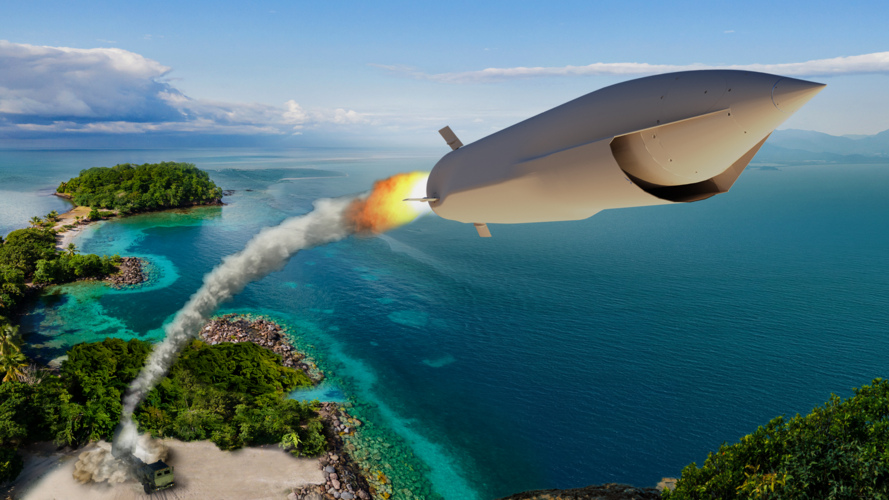Congressional Budget Office 68 page report on "U.S. Hypersonic Weapons and Alternatives"
Four main conclusions:-
• Technological challenges must still be overcome to field hypersonic missiles
• Both hypersonic and ballistic missiles are well-suited to operate outside potential adversaries’
• Hypersonic missiles would probably not be more survivable than ballistic missiles with maneuverable warheads in a conflict, unless the ballistic missiles encountered highly effective long-range defenses.
• Hypersonic missiles could cost one-third more to procure and field than ballistic missiles of the same range with maneuverable warheads.
Four main conclusions:-
• Technological challenges must still be overcome to field hypersonic missiles
• Both hypersonic and ballistic missiles are well-suited to operate outside potential adversaries’
• Hypersonic missiles would probably not be more survivable than ballistic missiles with maneuverable warheads in a conflict, unless the ballistic missiles encountered highly effective long-range defenses.
• Hypersonic missiles could cost one-third more to procure and field than ballistic missiles of the same range with maneuverable warheads.








